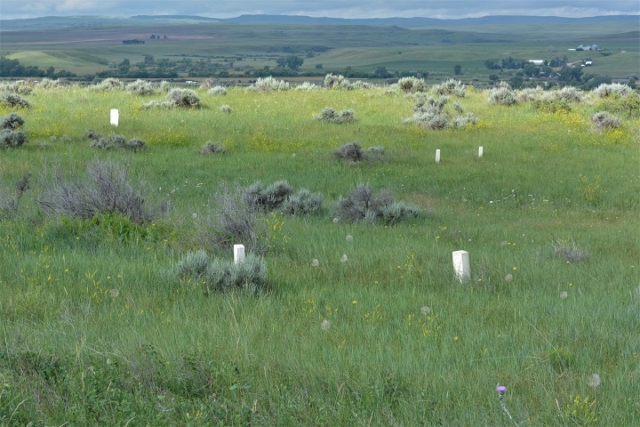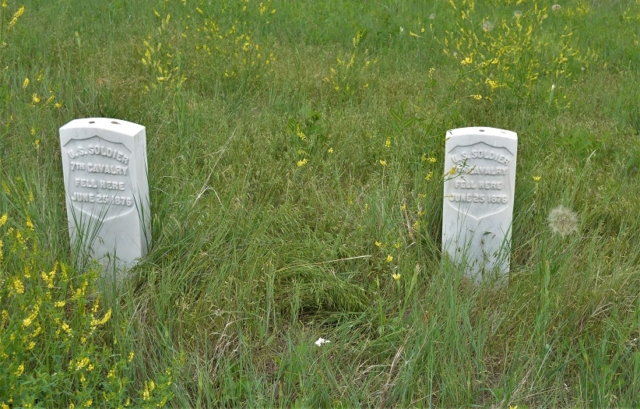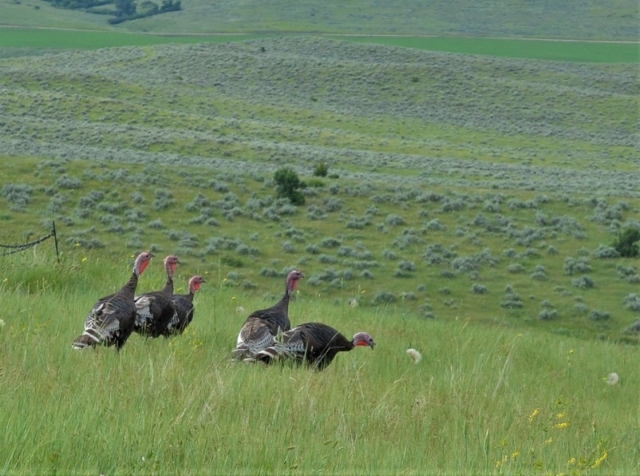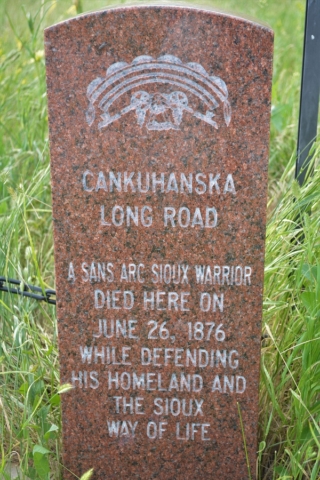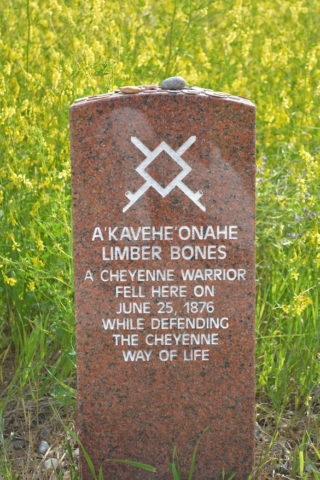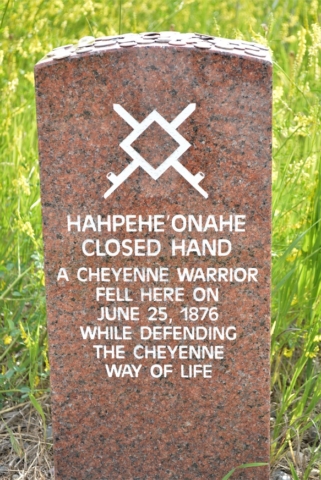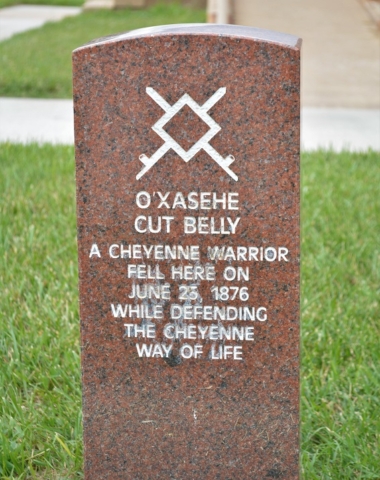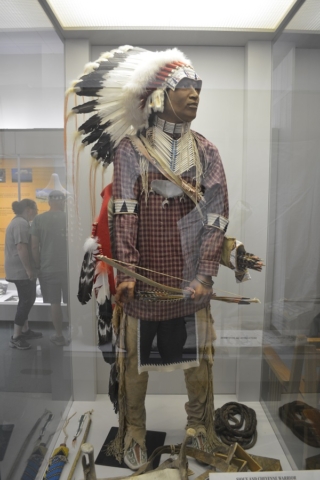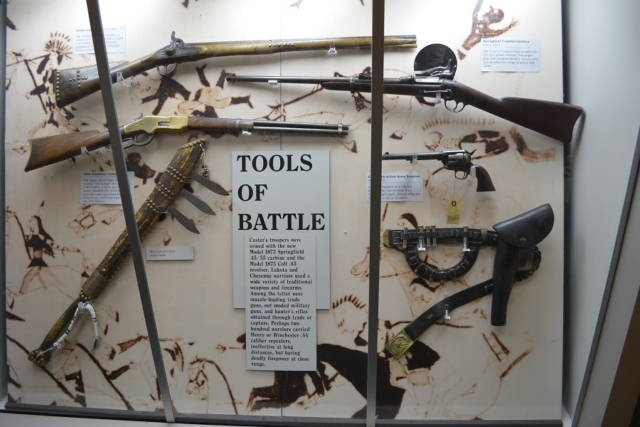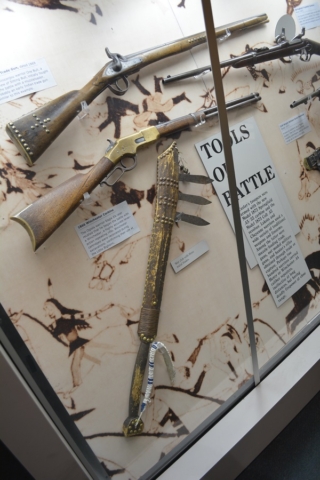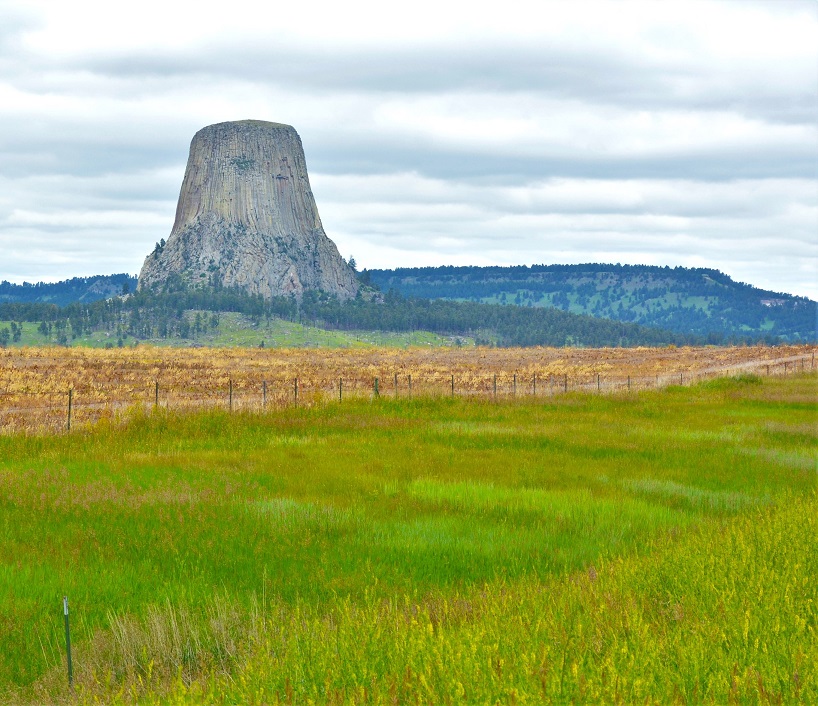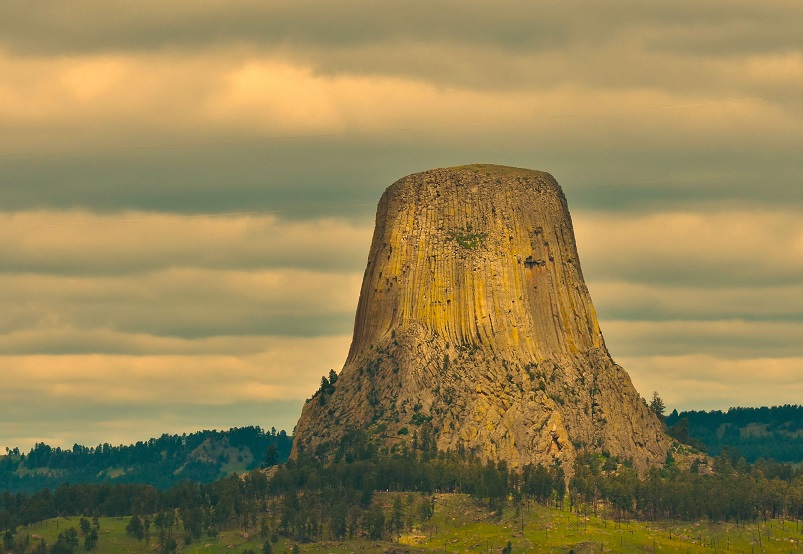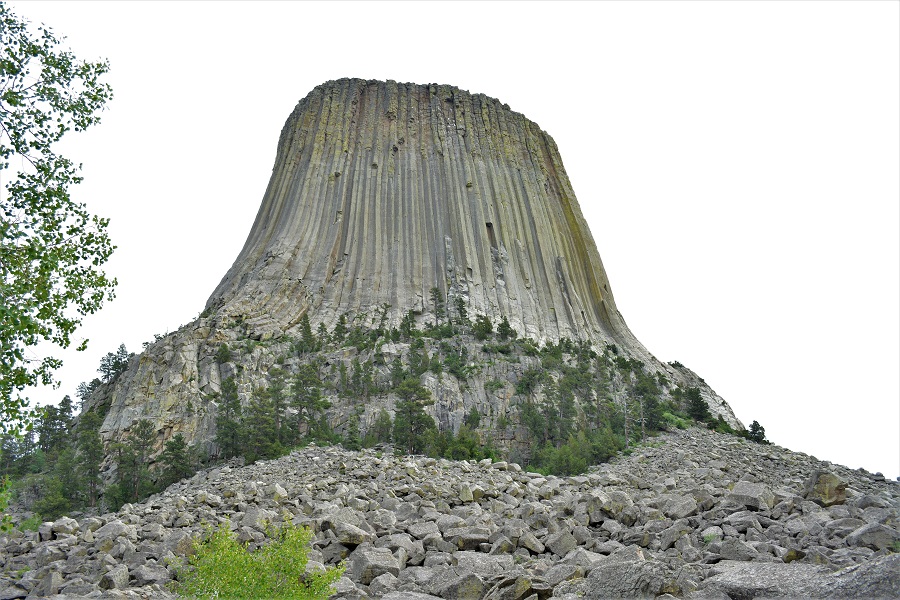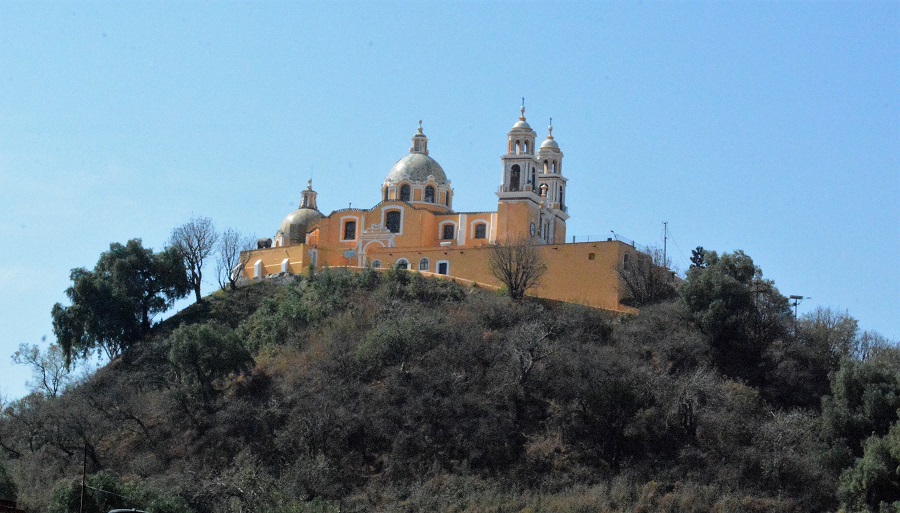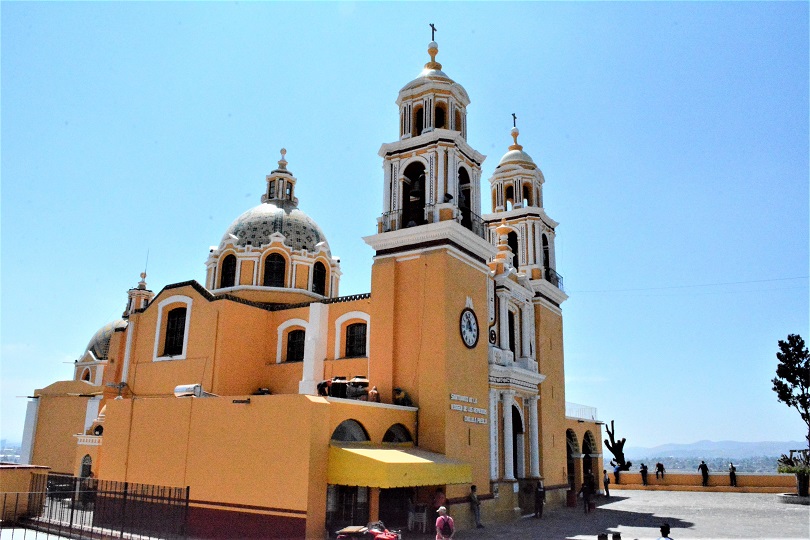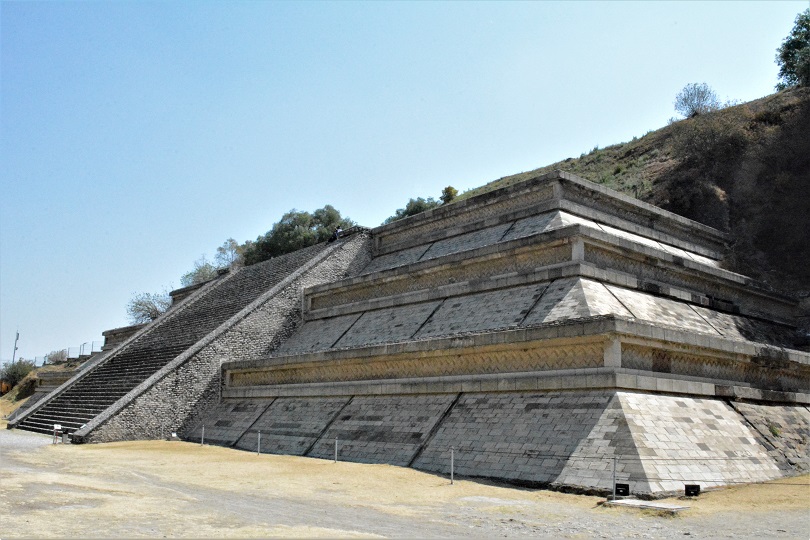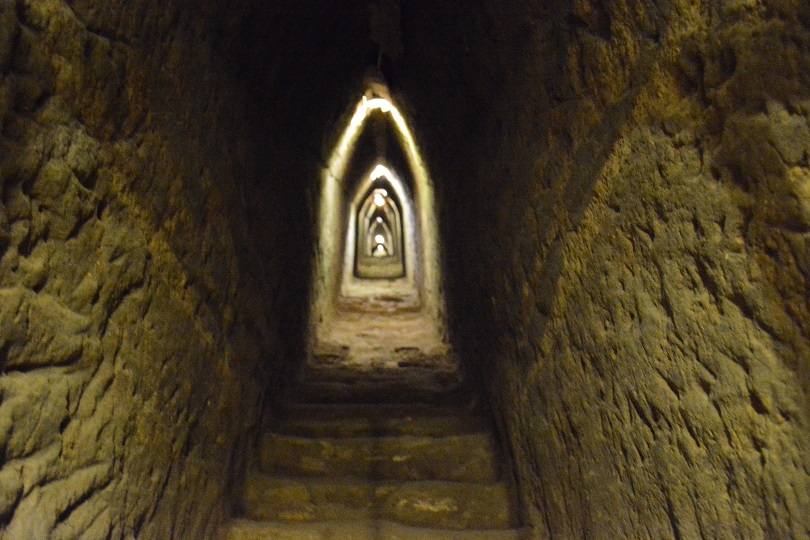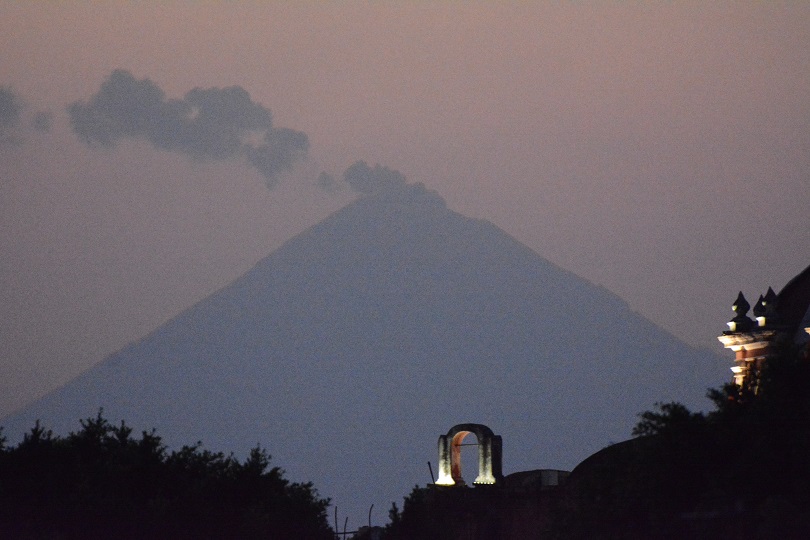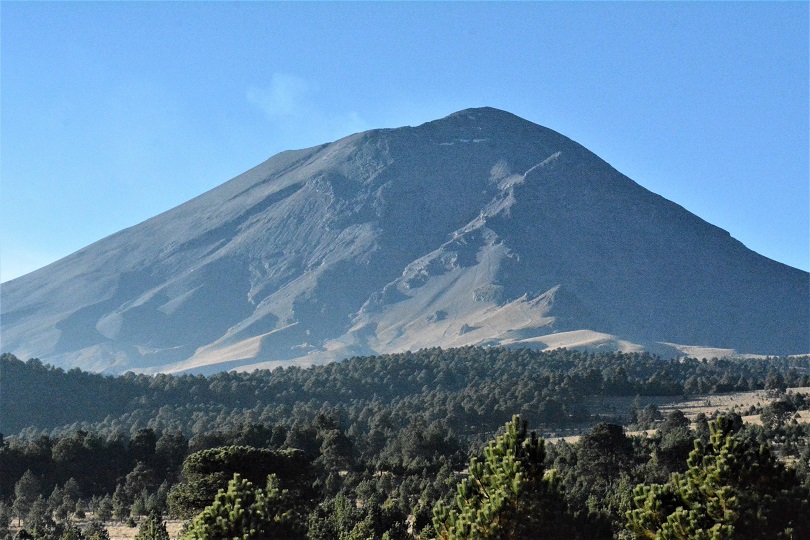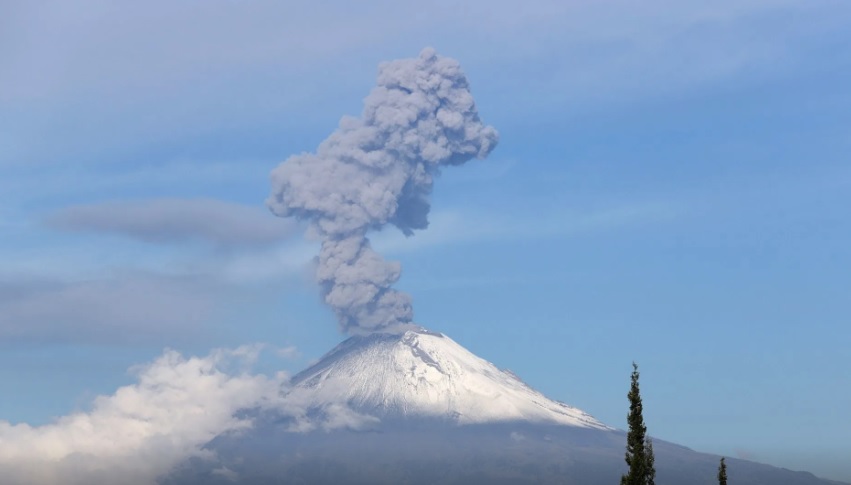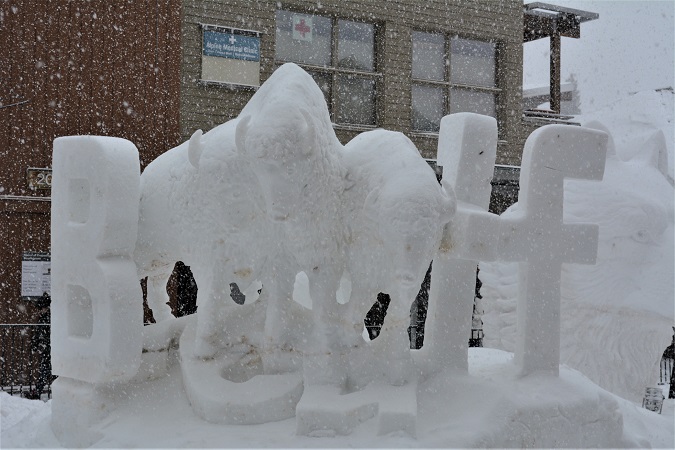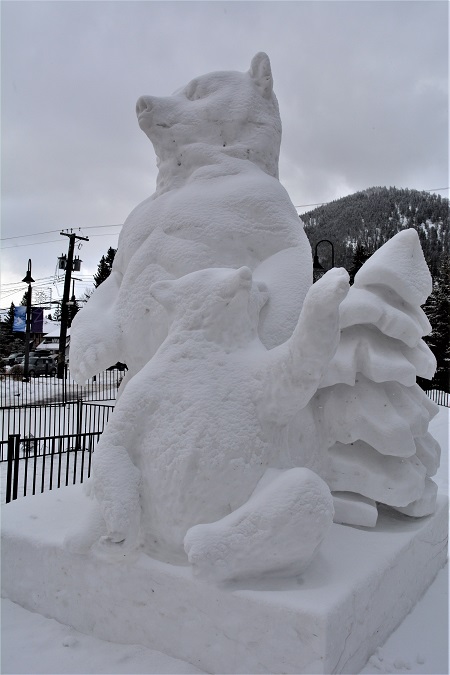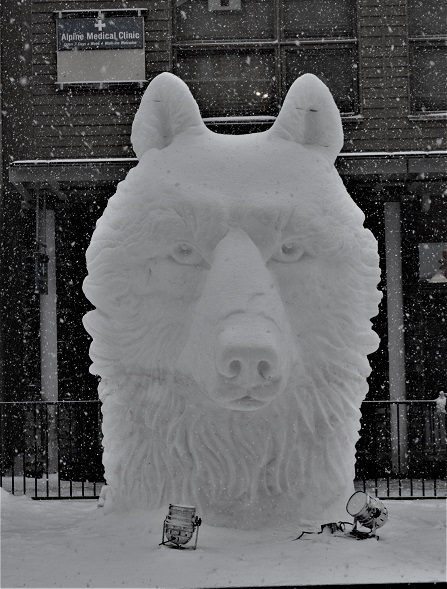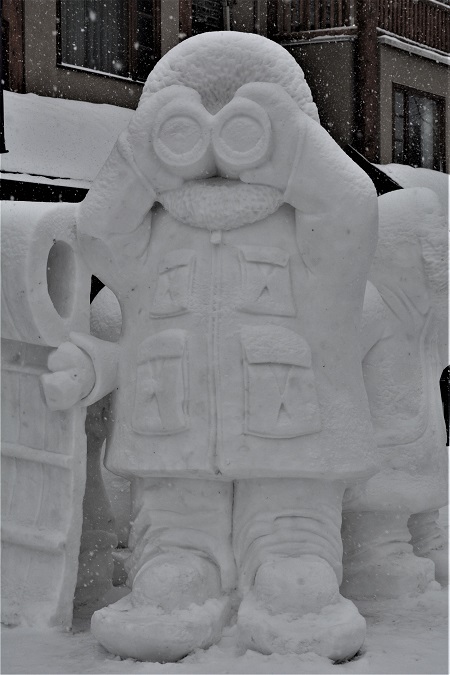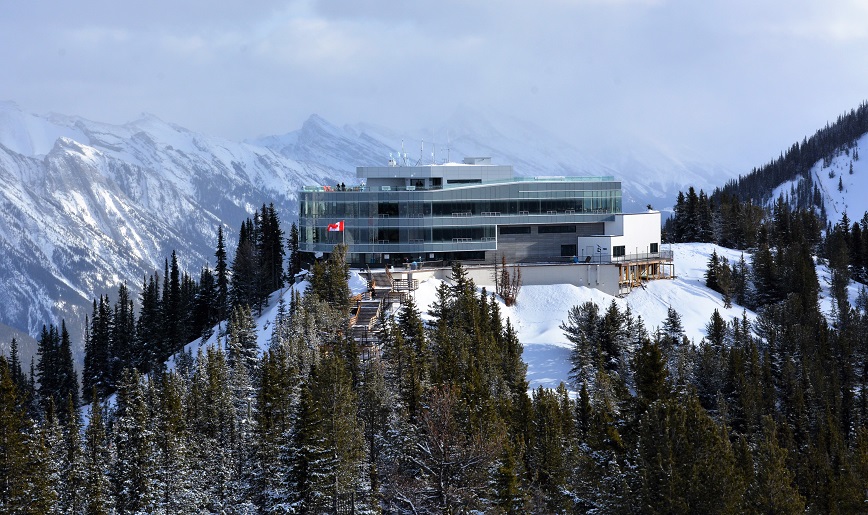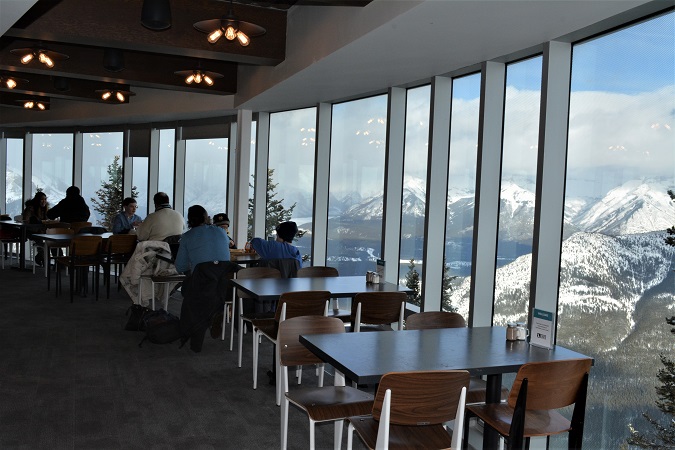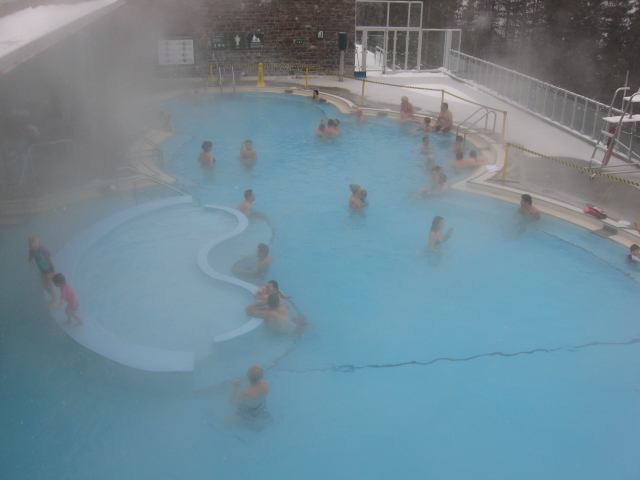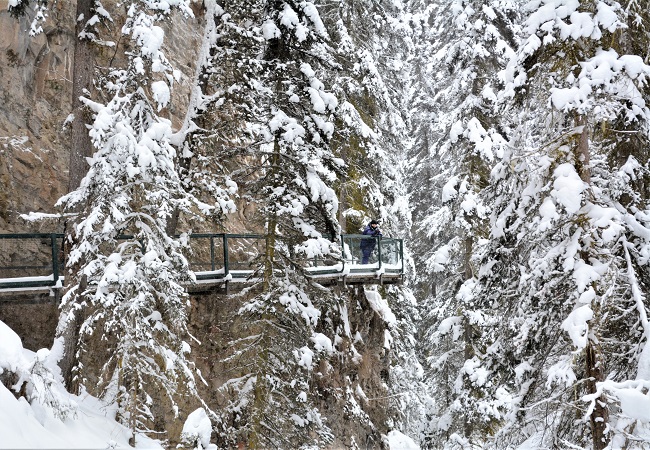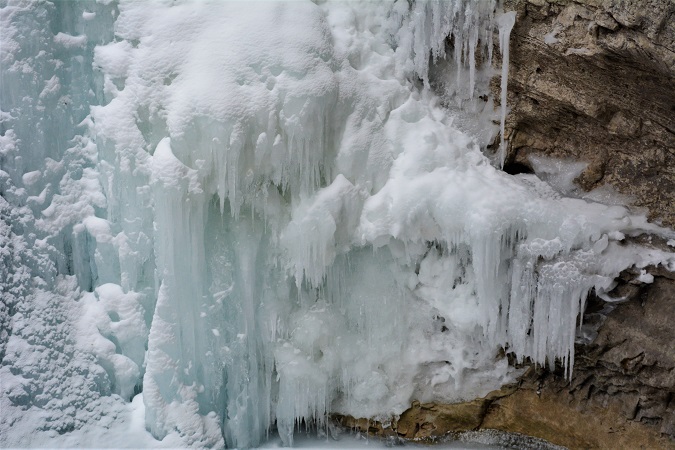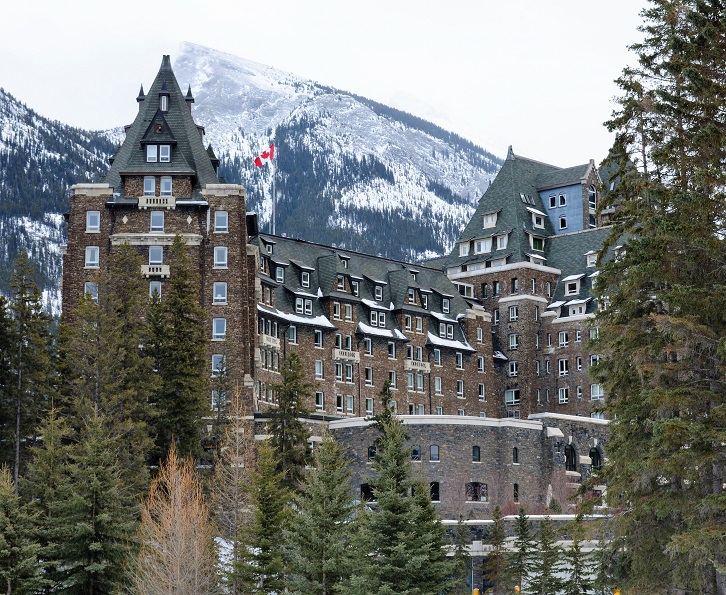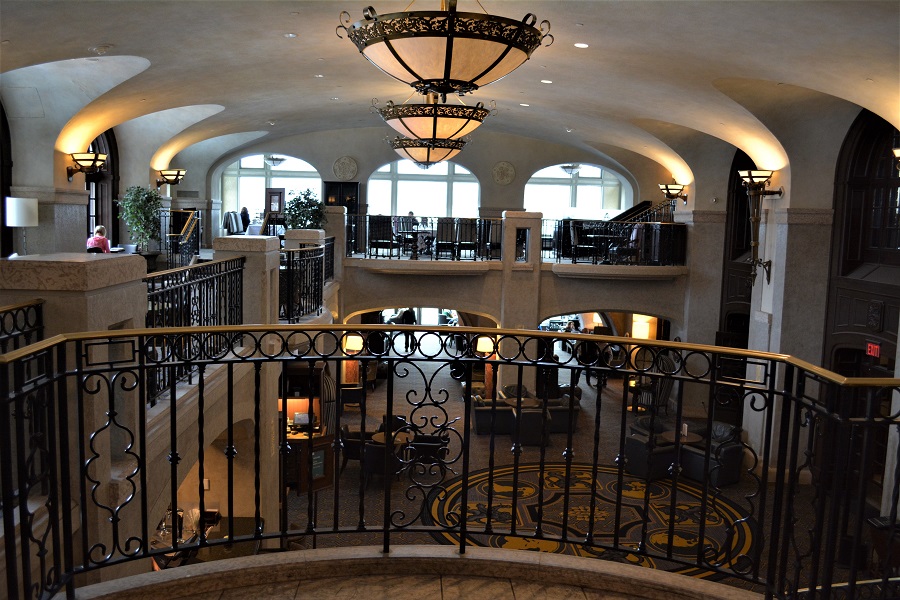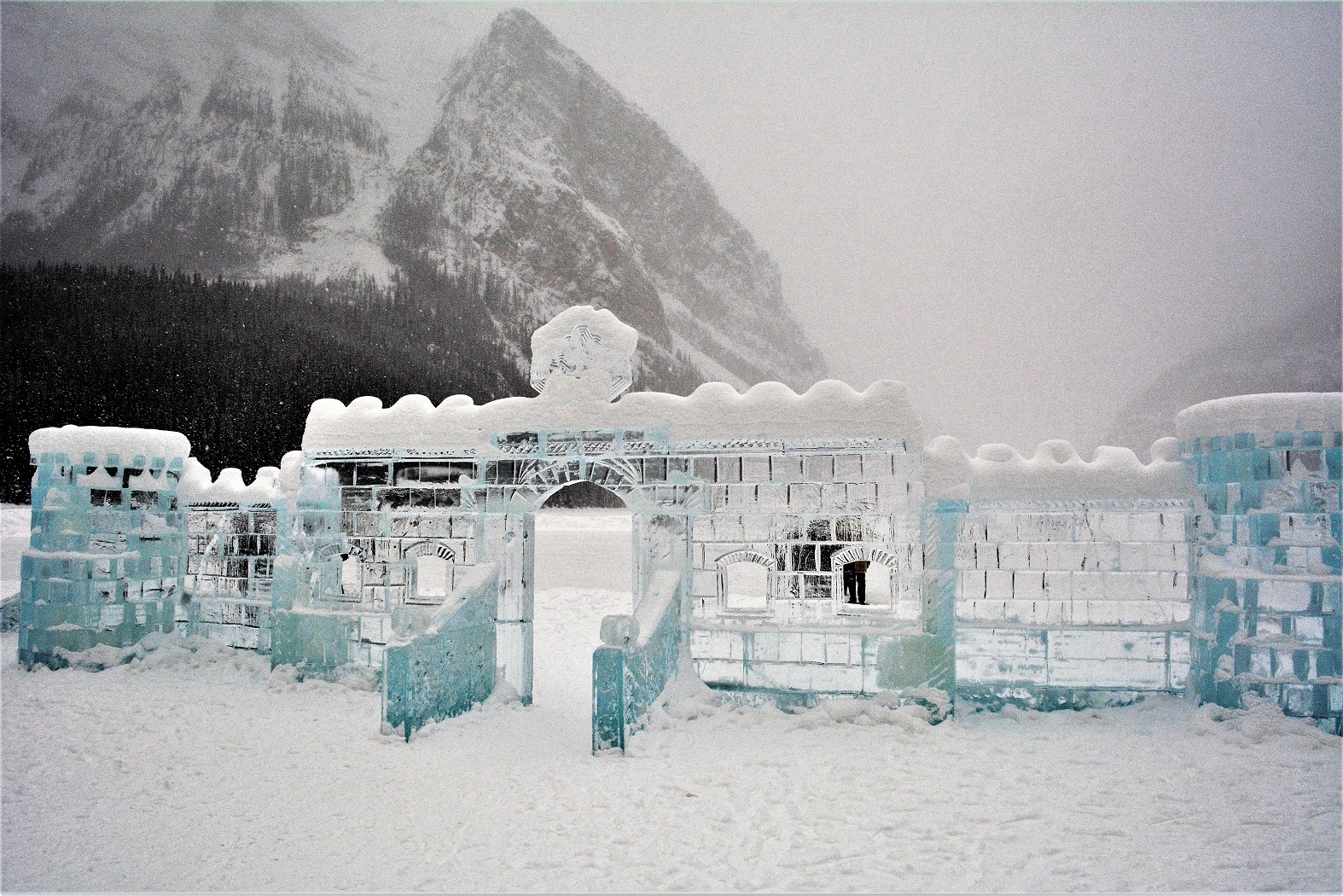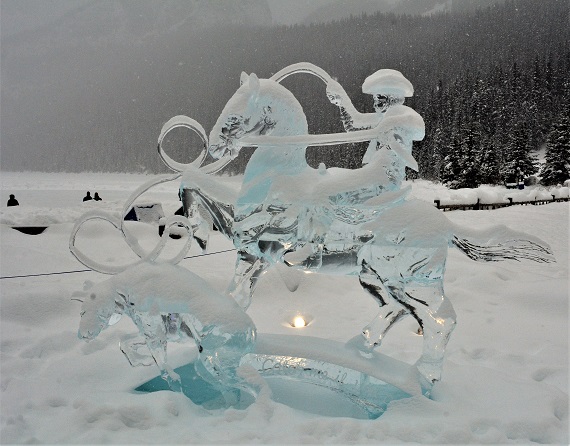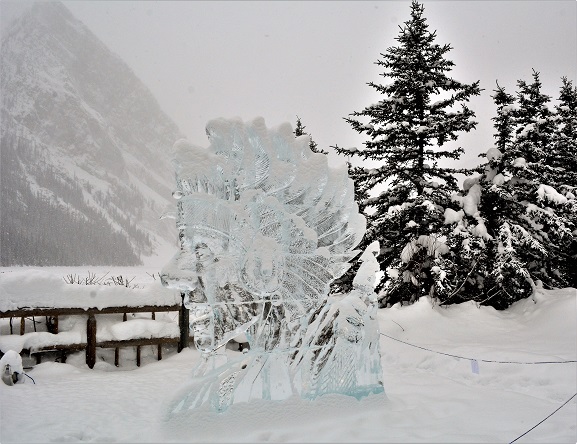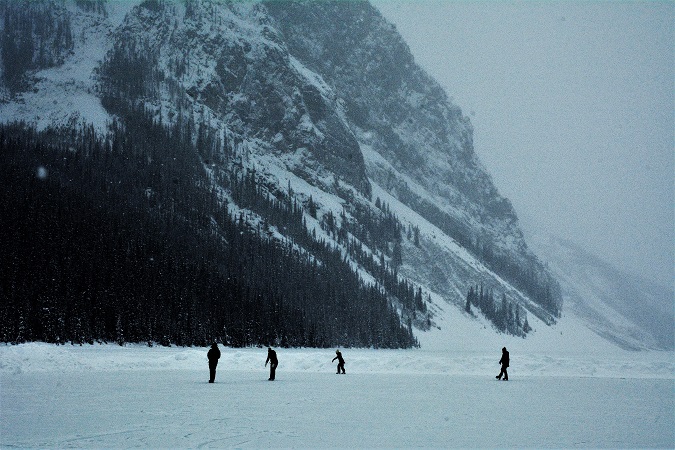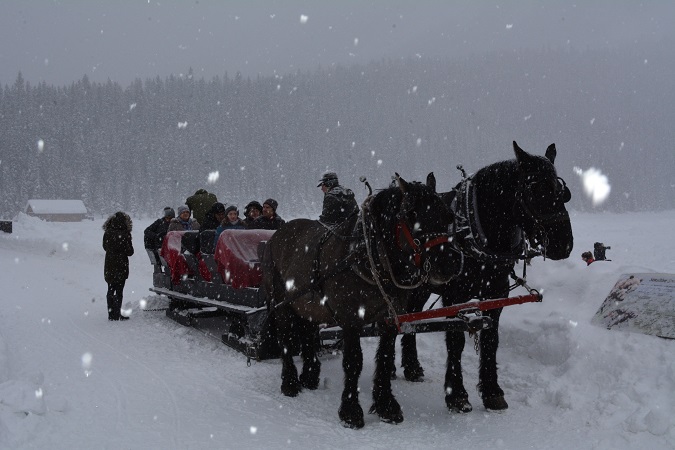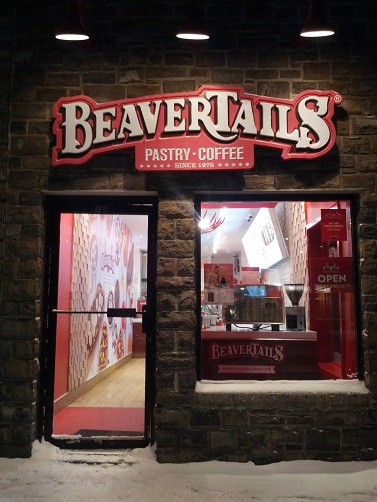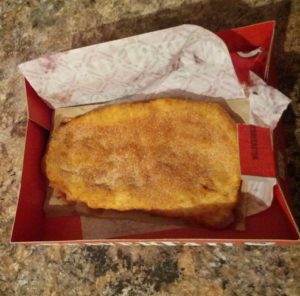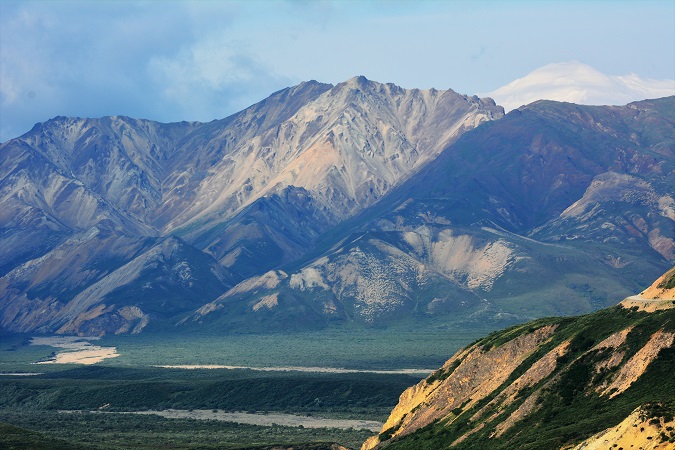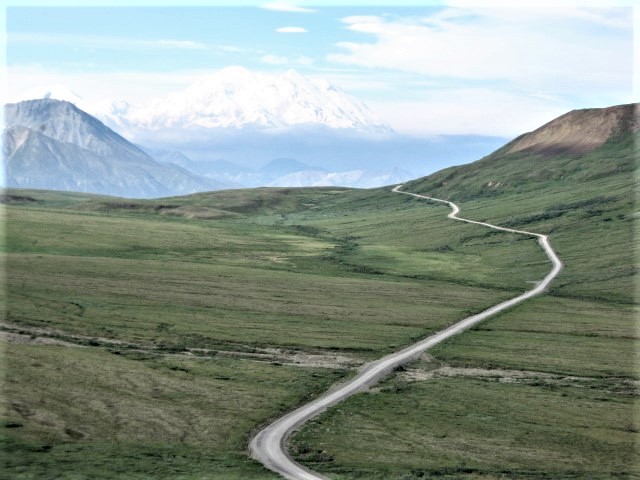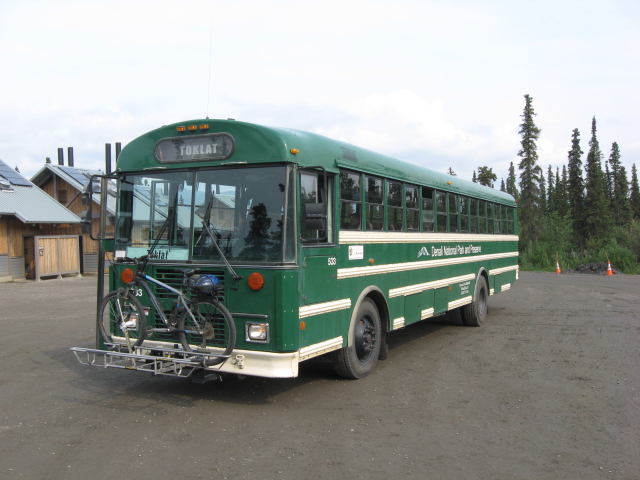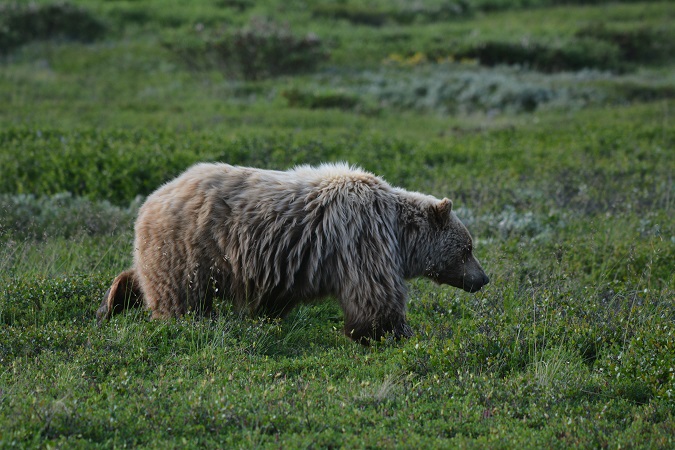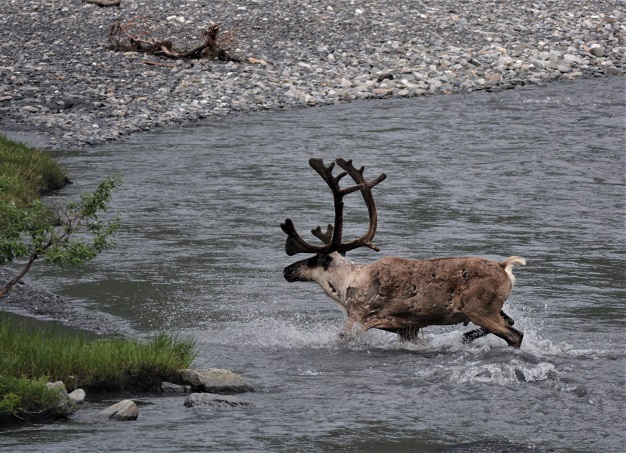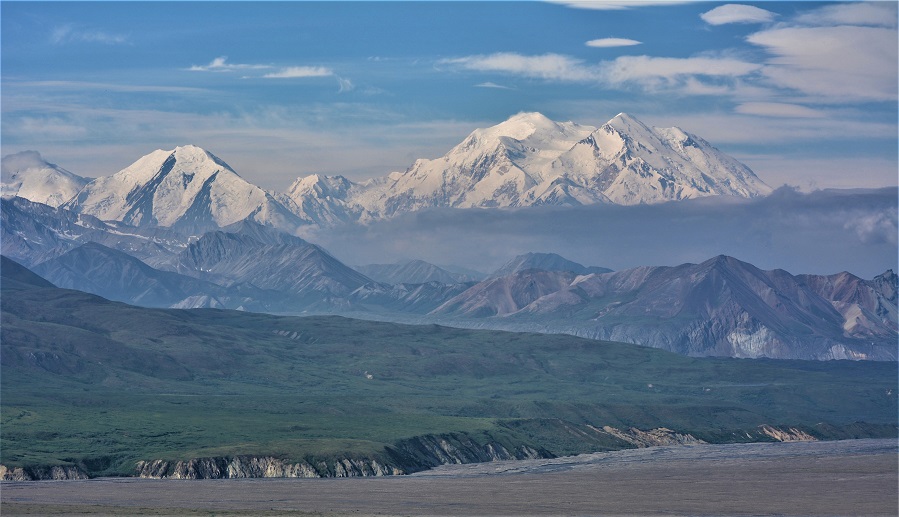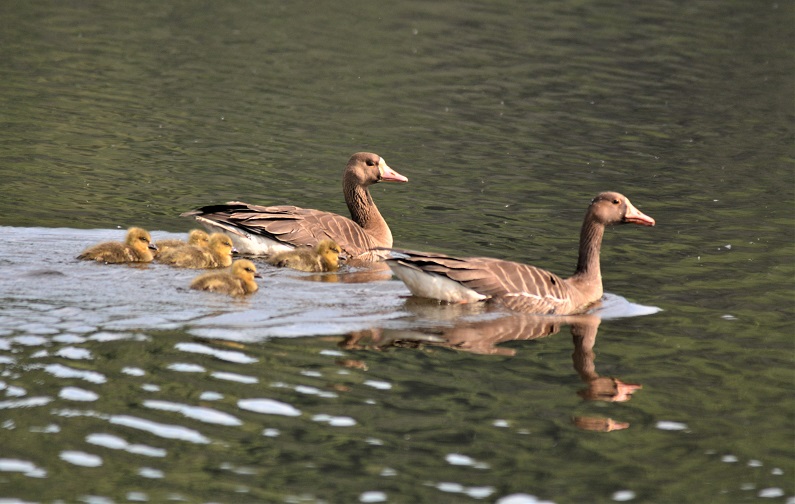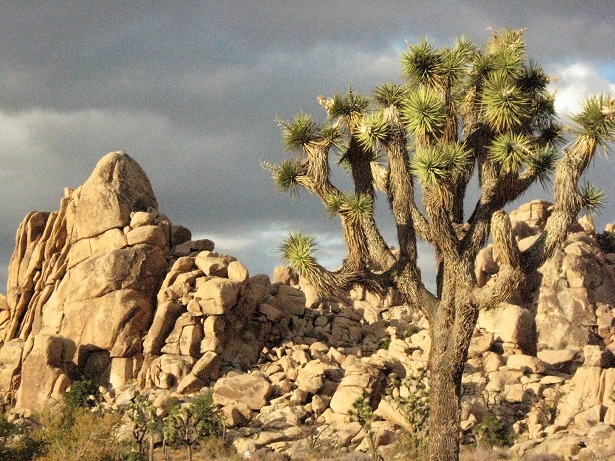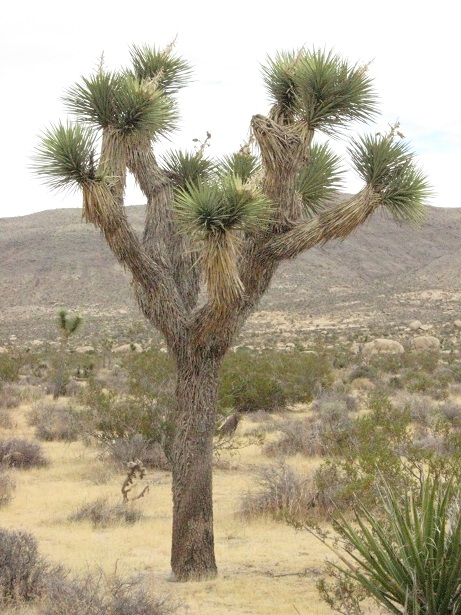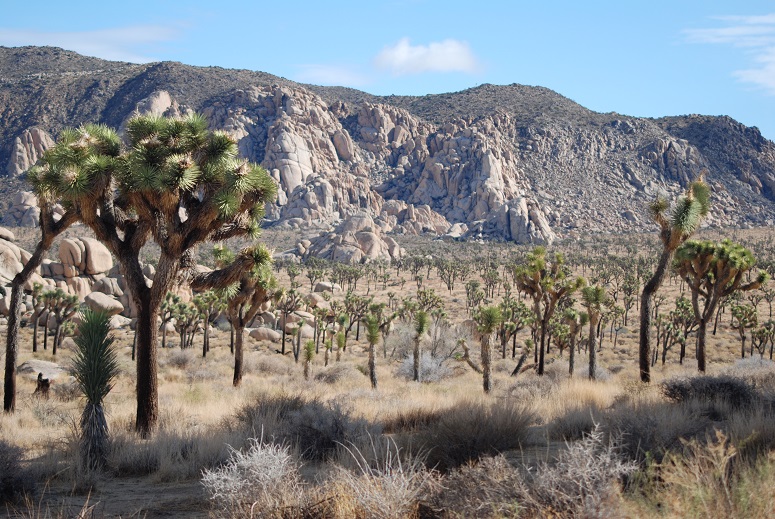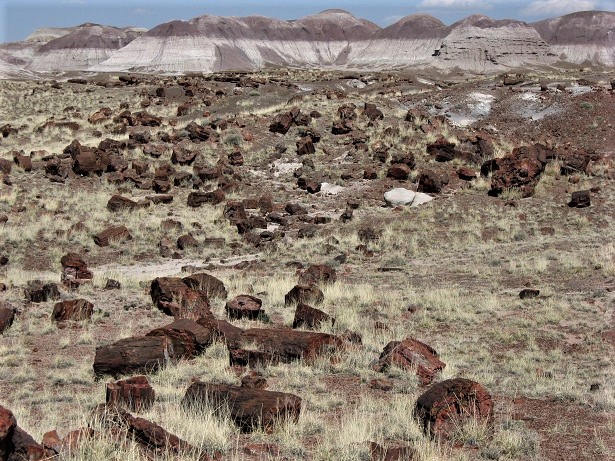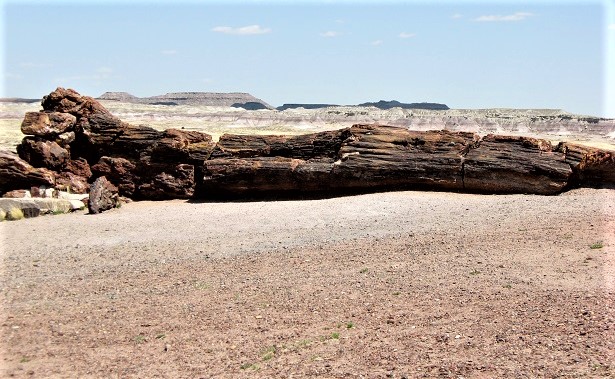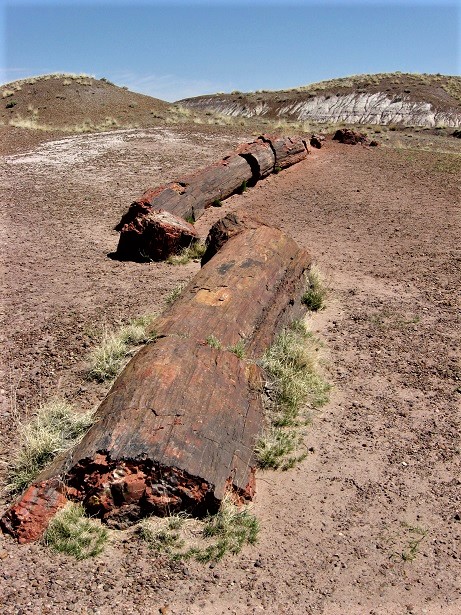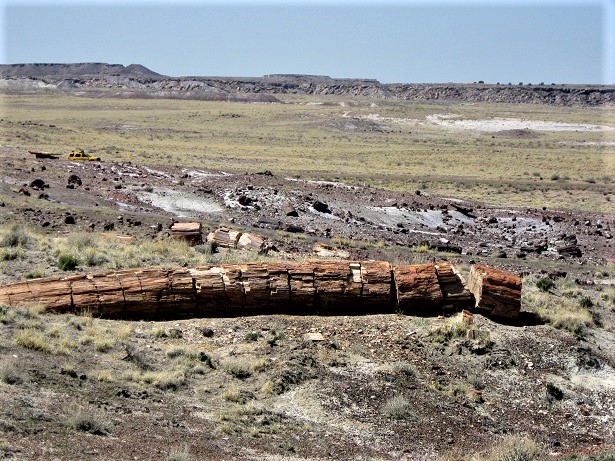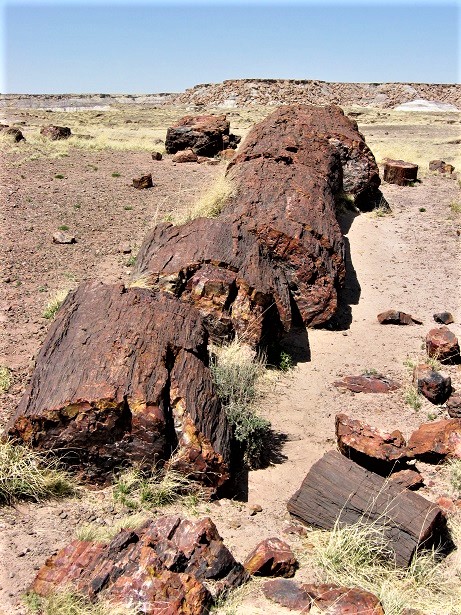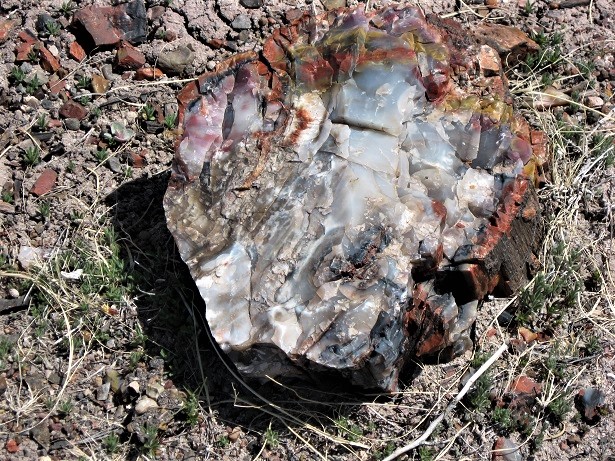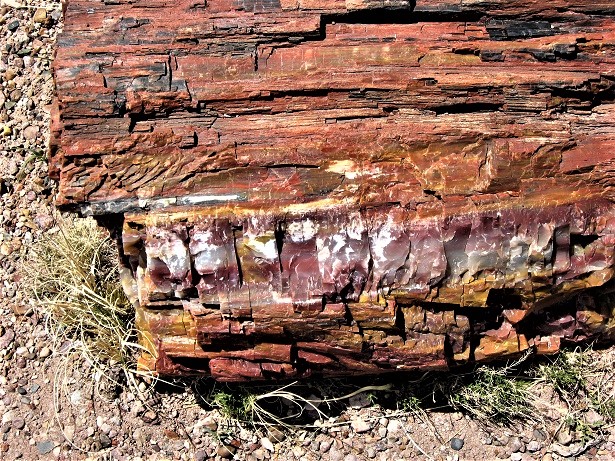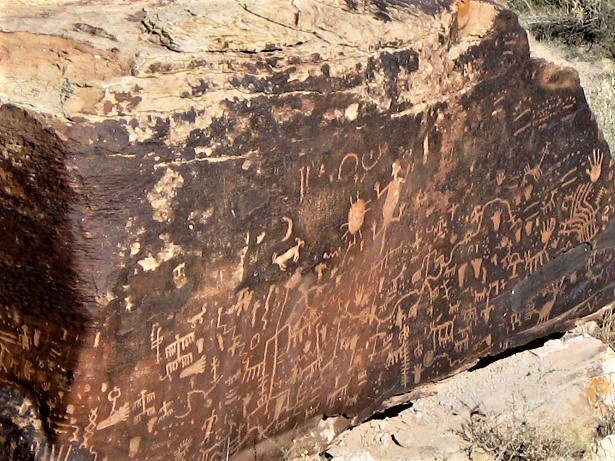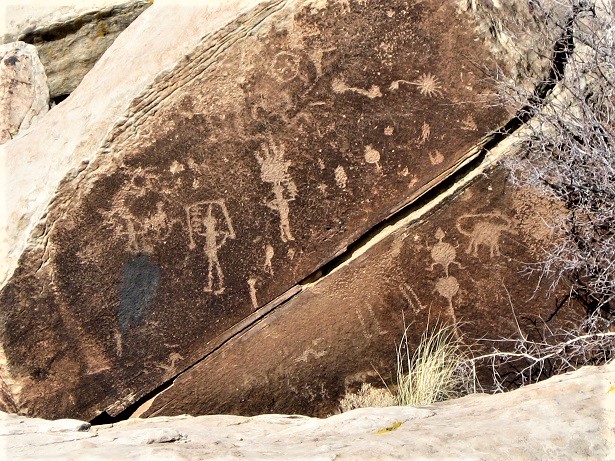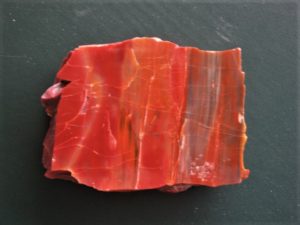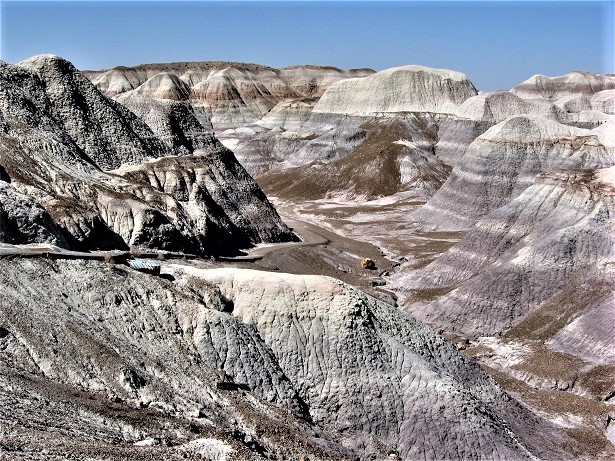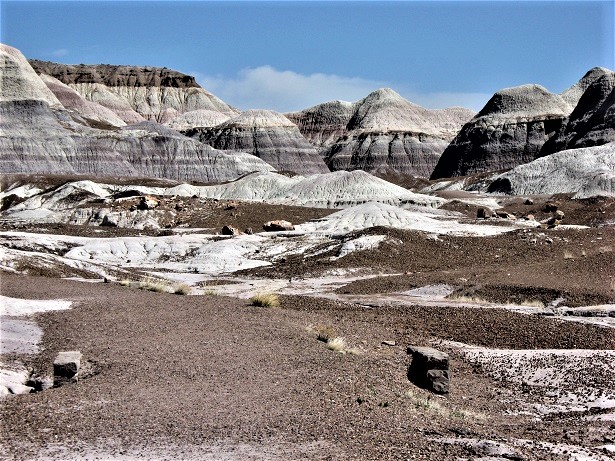Walk on the Custer Battlefield
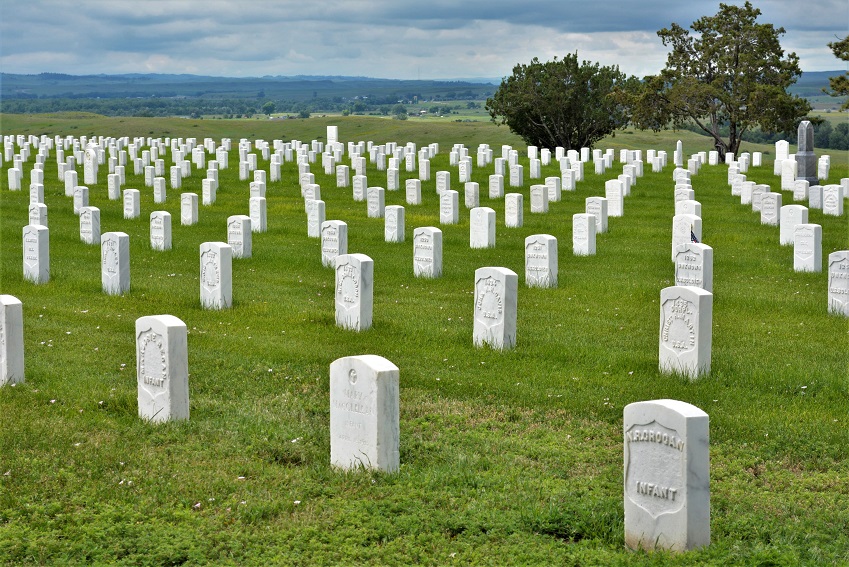
I am sure everyone knows what happened at the Battle of the Little Bighorn. However, walking on the battlefield changes the impression in your mind from history to reality.
The battle occurred on the 25th and 26th of June, 1876. It was a battle between the Lakota Sioux, Northern Cheyenne, and Arapaho tribes and the United States Army, specifically the 7th Cavalry. I will not go into the details of the battle or General Custer’s decisions. This post is about the experience of walking on the battlefield today. However, I will mention some little-known facts that are usually not included in the history of the battle.
Little Know Facts of the Battle
- What was General Custer’s real military rank?
- Where is General Custer’s grave?
- Whose land was it?
- Where are the Indians buried?
- What happened to the dead horses?
- Who is General Reno?
The Battlefield Today.
As you enter the battlefield, it may be crowded around the entrance. the cemetery and the museum. The parking lot might be full. If you go early in the morning, few people will be there.
What was once a bloody battlefield is today a very tranquil and peaceful National Monument park. It has an area of 765 acres (310 ha). The park was created in 1879.
Once you leave the crowded entrance area, you will find a hilly grass-covered landscape with some walking trails. Scattered throughout the park are markers where individual soldiers died. You might even see a group of Wild Turkeys that live there. (click photos to enlarge).
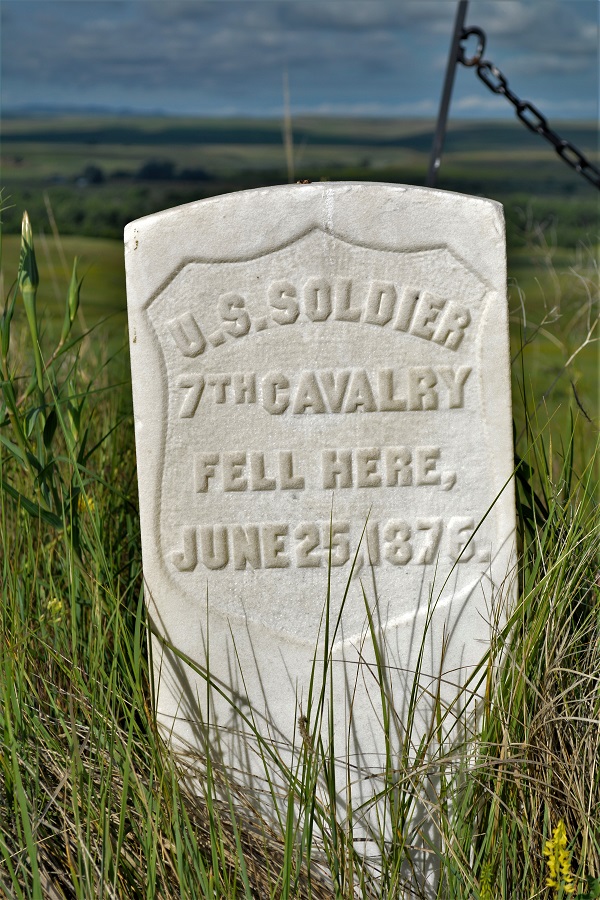
Some of the markers are inscribed as “unknown US Soldier”. It took some time before the military could regain control of the battlefield. By then, some of the bodies were unidentifiable. Much of their clothing and belongings were taken away by the Indians.
Custer’s Last Stand
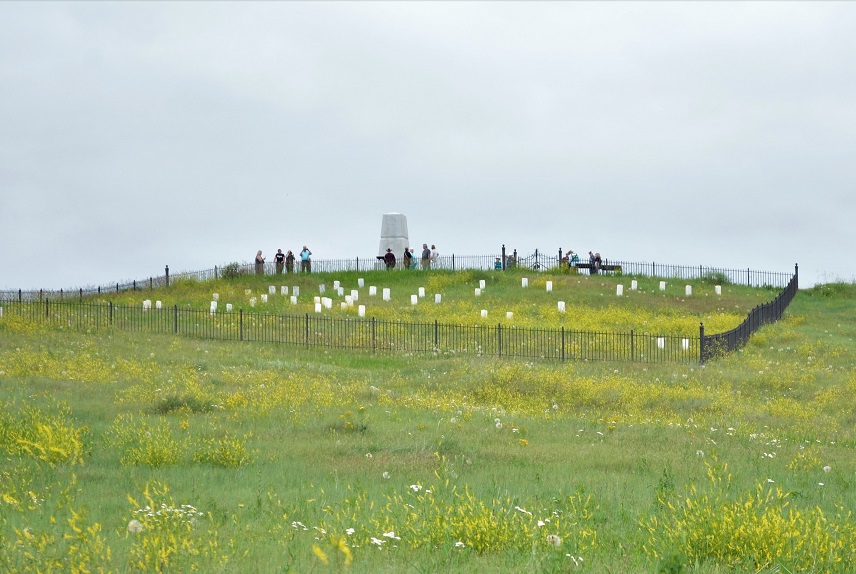
The battle raged over a large area for two days, but the most famous was “Custer’s Last Stand”. This is where General Custer was killed. There is a memorial to the 7th Calvary and a fenced area with markers showing where Custer and the men of his headquarters died. It is now known as “Last Stand Hill”.
General Custer’s Grave
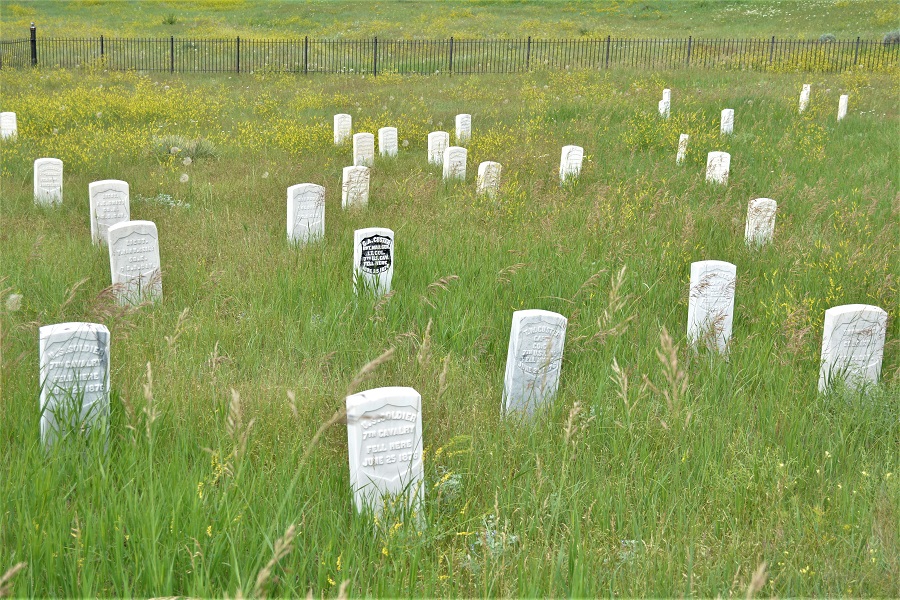

The photo above shows the markers where Custer and the men with him were killed. The one with the black crest on it is Custer’s. Note that his rank was Lt Colonel, not General. He was temporarily assigned the rank of Major General for the campaign.
Indian Markers
Click on the first photo to enlarge it, then scroll through them.
There are some markers on the battlefield where some of the Indians died. However, no Indians are buried at the Monument. After the battle, the Indians took all the bodies of their fallen comrades away for burial down by the Little Bighorn River, which can be seen in the distance.
The Indian Memorial
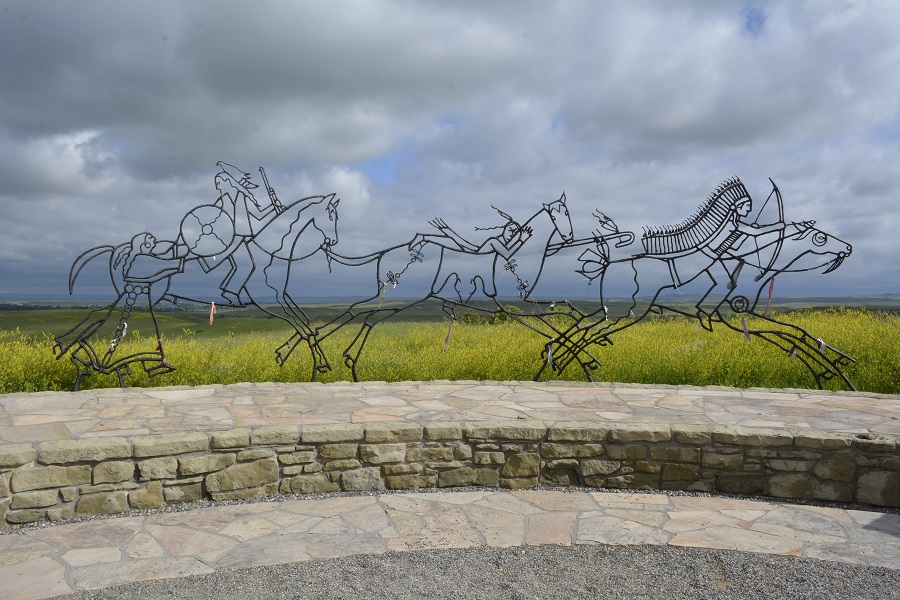
There are several memorials around the Monument. There is a very nice one for the Native Americans who died in the battle.
The Horse Memorial
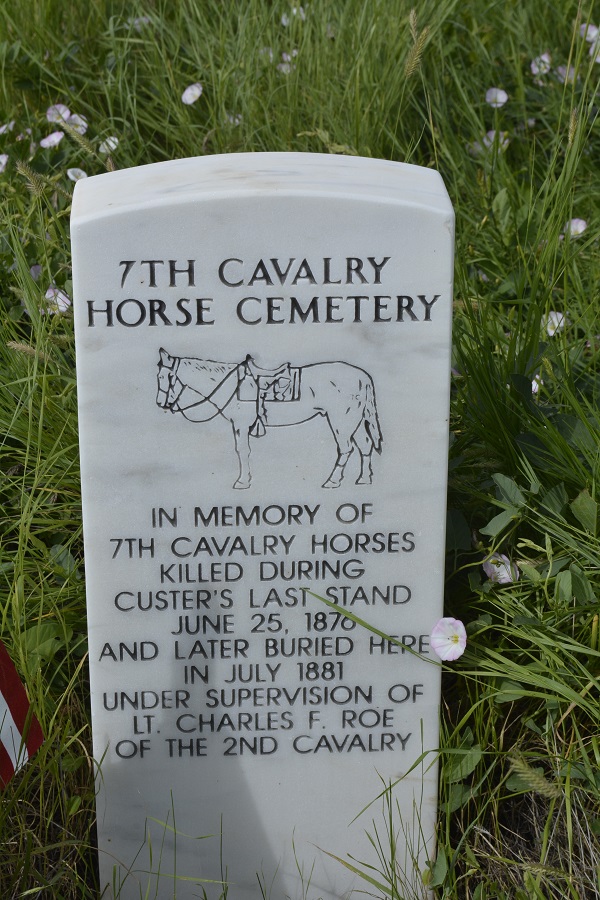
There is even a cemetery and memorial for the many horses that died in the battle.
The Cemetery
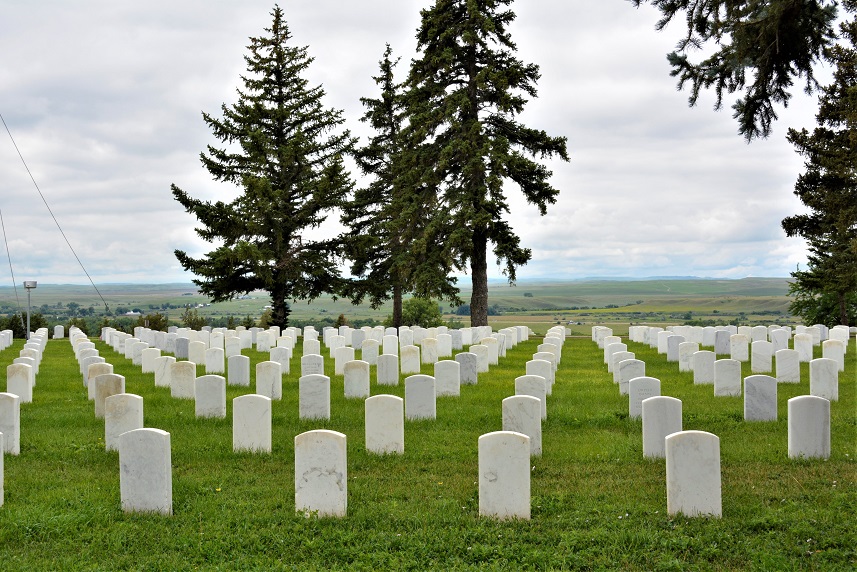
Be sure to spend a bit of time at the cemetery. Walking among the graves and reading the tombstones is very interesting.
Where is Custer and Reno?
General Custer’s grave is not to be found at the Monument. His today was taken away and buried at West Point in New York State,
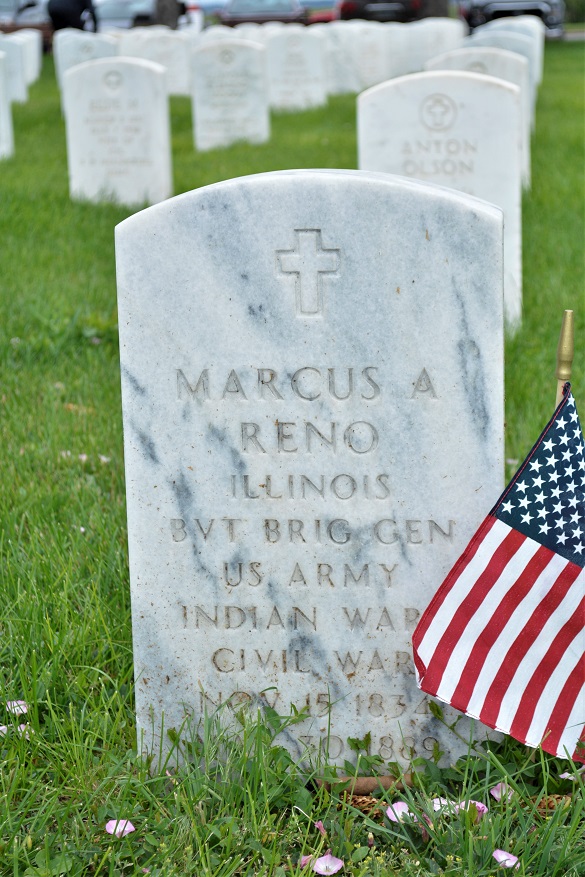
Everyone knows of General Armstrong Custer, but most people have not heard of General Reno. Reno was Custer’s second in command of the 7th Calvary. He survived the battle.
Ironically, General Custer, who died at the Little Bighorn, is buried in New York State. General Reno retired to New York after his military career. He requested that when he died, he be buried at the cemetery at the Little Bighorn Battlefield to be with his men. He died in 1834.
Whose Land was it?
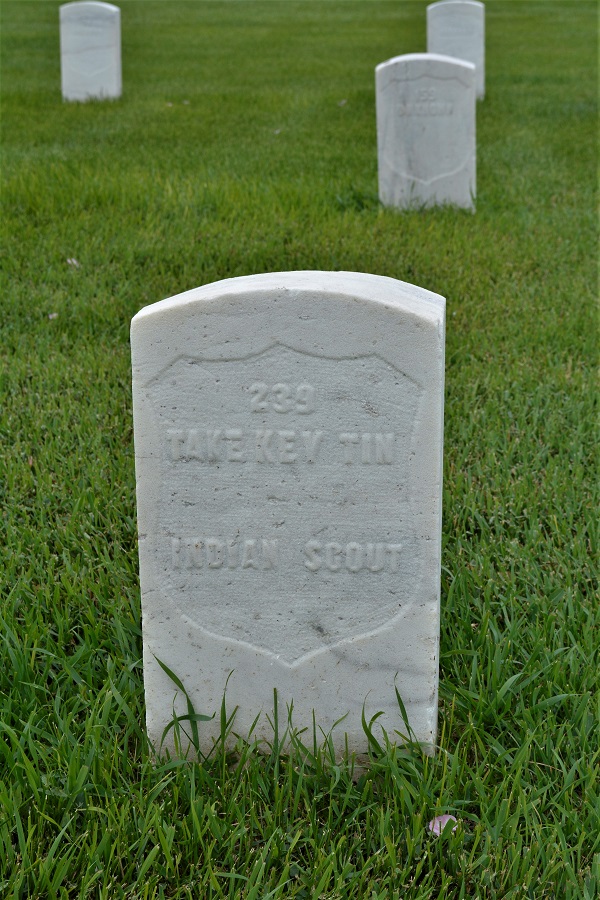
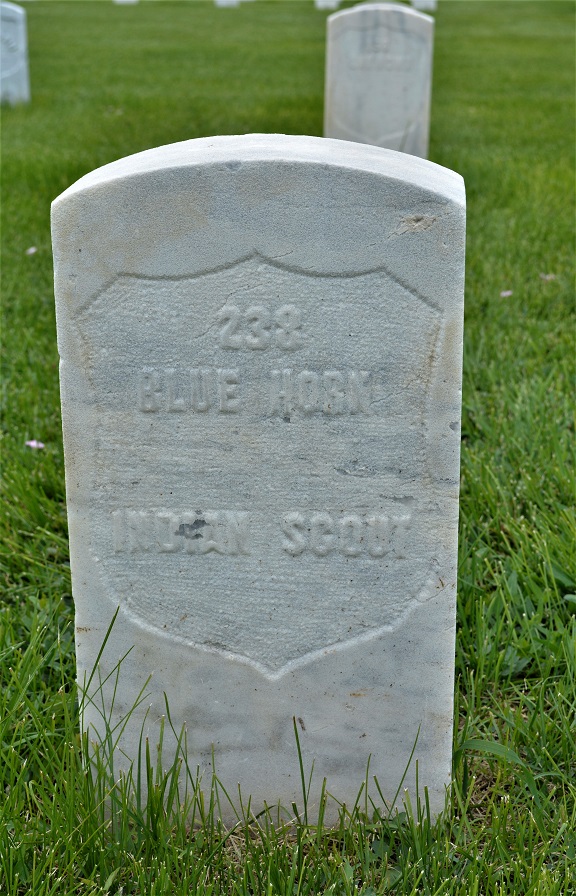
The Common knowledge is that the land belonged to the Indians, and the US Army was taking it away from them. This is not entirely true. The land belonged to the Crow Indians and still does today. The Sioux, Cheyenne and Arapaho were trying to take the land away from the Crow. The Crow did not participate in the battle. They were hoping that the Calvary would win. In fact, several Crow Indians joined the US Army and fought with them against the other tribes who were trying to take their land. Several of them are buried in the cemetery on the battlefield. I had a long conversation with one of the Crow Indians who works at the museum, who confirmed this story.
The Museum
Be sure not to miss the little museum. It has some fascinating artefacts.
Subscribe
If you enjoyed this post, please subscribe to my newsletter on the home page. You will be notified whenever there is a new post. Posts are not that frequent, so you will not be inundated with them, and you can unsubscribe at anytime.
